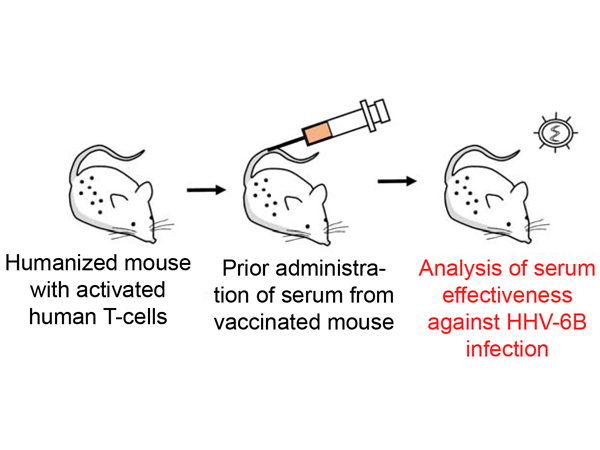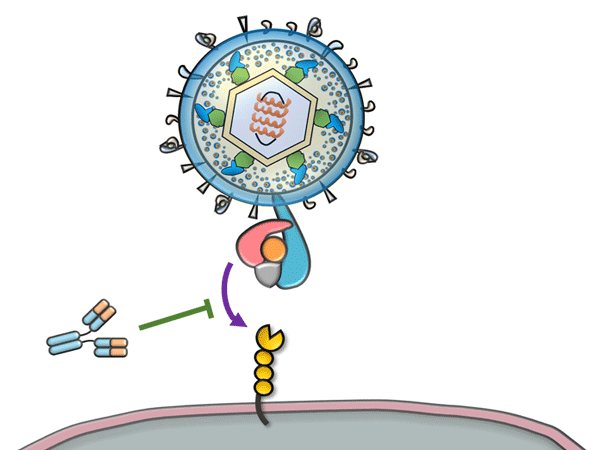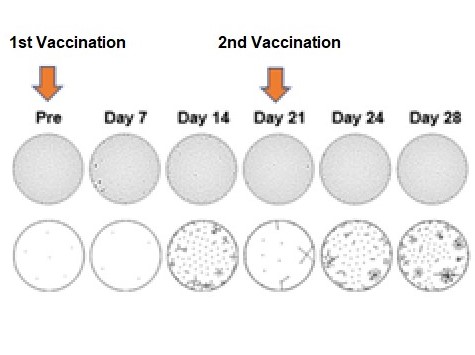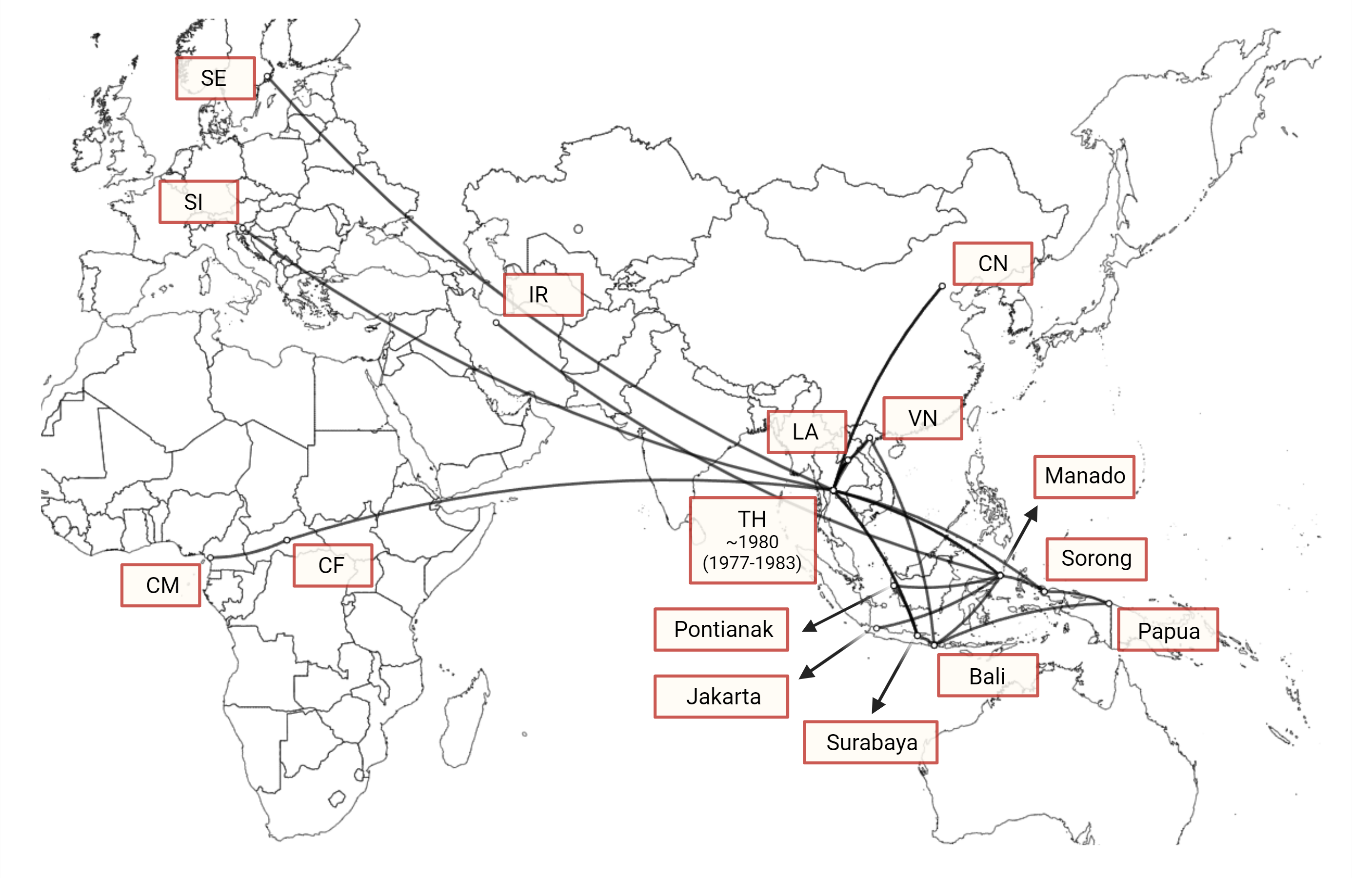Almost all adults worldwide are infected with varicella zoster virus (VZV), better known as the cause of chickenpox. Following infection, this virus remains in our nerve cells as a lifelong latent infection. In about 30% of adults it reactivates to cause shingles later in life, a painful and debilitating illness. VZV’s ability to stay dormant in our bodies has yet to be explained, but an international research team has identified a new viral transcript that could provide the key to decoding this mechanism. The findings were published in Nature Communications on March 21, 2018.
It has been 35 years since VZV was proven to acquire latency in multiple levels of nerve cell clusters (ganglia) along the entire axis of the central nervous system, but the molecular mechanism that allows VZV to establish latent infection and later reactivate is still unclear.
The research team discovered a unique viral transcript in infected human trigeminal ganglia cells, taken from people with latent VZV infections. They named it VLT (VZV Latency-associated Transcript). Their study has also clarified part of the mechanism behind VZV’s ability to remain in humans as a dormant infection.
The research team included Assistant Professor SADAOKA Tomohiko from Kobe University Graduate School of Medicine, in collaboration with researchers from University College London (UK), Erasmus Medical Center (The Netherlands) and the University of Colorado (USA). Using cultured cells, they demonstrated that VLT can specifically regulate the viral gene ORF61, which is thought to play an important role in the very early period of infection when VZV reactivates. This shows that VLT could be working to maintain the state of latent infection within humans.
Currently VZV infections are prevented by the use of a live attenuated vaccine (a weakened version of the virus) developed in Japan. However, although this vaccine is over 90% effective in preventing chickenpox, it only has 50% effectiveness against shingles. The vaccine is also “live”, which means that, just like circulating VZV, it enters the body and lies dormant in the ganglion nerve cells. There have been reports of rare cases when the virus reactivates after vaccination, causing illness.
One of the necessary steps to completely eradicate VZV infection from humans is the development of a new live attenuated vaccine alongside the current live vaccine. Ideally this new vaccine would provide sufficient immunity without establishing a latent infection, or failing that, it would be unable to reactivate after becoming latent.
This study reveals a factor that could be the key to the detailed molecular mechanism of latency and reactivation for VZV infection. Assistant Professor Sadaoka comments, “By clarifying the VZV latent infection and reactivation mechanism centered on VLT, these findings could open the door to eradicating VZV from humanity”.
Journal information
- Title
- “A spliced latency-associated VZV transcript maps antisense to the viral transactivator gene 61”
- DOI
- 10.1038/s41467-018-03569-2
- Authors
- Daniel P. Depledge1†, Werner J.D. Ouwendijk2†, Tomohiko Sadaoka3†, Shirley E. Braspenning2, Yasuko Mori3, Randall J. Cohrs4, Georges M. G. M. Verjans2,5‡ and Judith Breuer1‡
(†; These authors contributed equally, ‡; These authors jointly supervised the work.)
1Division of Infection and Immunity, University College London, London, United Kingdom.
2Department of Viroscience, Erasmus Medical Centre, Rotterdam, The Netherlands.
3Division of Clinical Virology, Center for Infectious Diseases, Kobe University Graduate School of Medicine, Kobe, Japan.
4Department of Neurology; Department of Immunology & Microbiology, University of Colorado School of Medicine, Aurora, Colorado, USA.
5Research Centre for Emerging Infections and Zoonoses, University of Veterinary Medicine Hannover, Hannover, Germany. - Journal
- Nature Communications











